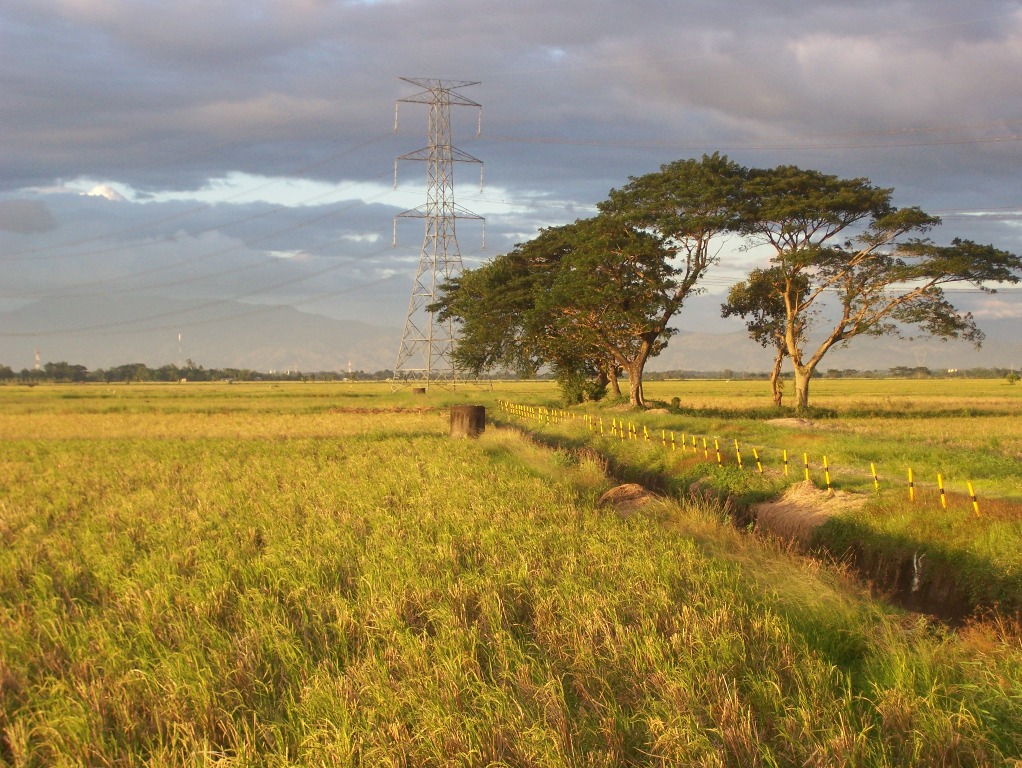Studying the Effects of Drought on Rice Production in Nueva Ecija, Philippines
Year: 2008-2009
Country: Philippines
Location within country: Nueva Ecija
Aim of this project was to detect and monitor droughts in agricultural area, particularly rice in the Philippines using remote sensing data. Drought conditions were assessed using a computationally straightforward remote sensing index called Soil Moisture Index (SMI), derived from remote sensing data.
Descriptions
MODIS images from 8 consecutive years (2000-2008) for the month of September were chosen for the analysis purpose due to critical stage of rice growth during this period. Similarly Standardized Precipitation Index (SPI) was also computed from historical rainfall data and used it to validate the results. An indicator called “production departure”, which shows the deviation from normal production was used to assess the impacts of drought on rice production. Rice production data from 1994 to 2007 (14 years) were used to calculate the production departure, and its trend in relation with the drought year were analysed subsequently. A significant drop in rice production was found in the year 1998 and after that the production was increased gradually. Rain-fed rice areas such as Cuyapo, Namipicuan and Talugtug were found to be worst drought affected areas.

